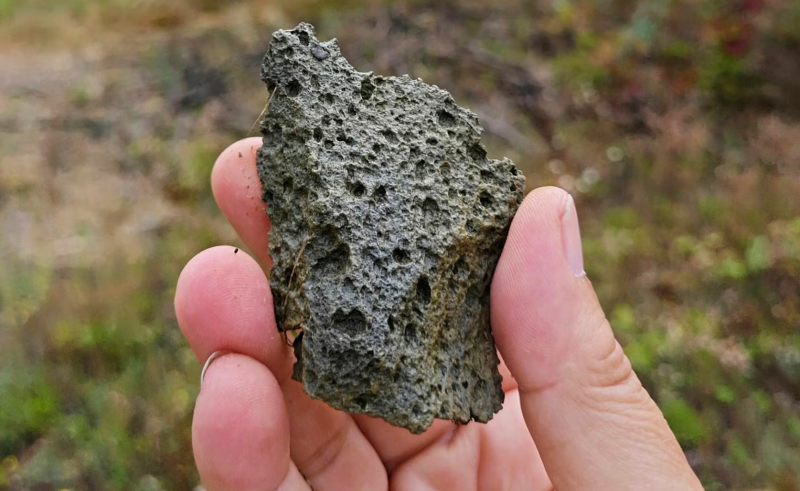A methodology based on cosmic rays has identified stone tools found in western Ukraine as the oldest known evidence of human habitation in Europe, dating back 1.4 million years. This suggests that the continent was inhabited hundreds of thousands of years earlier than previously thought. Researchers revealed that these primitive stone tools were first uncovered in the 1970s near the town of Korolevo, at the foothills of the Carpathian Mountains, along the Tisza River close to Ukraine's borders with Hungary and Romania. However, the age of these tools remained unknown until now.
The new methodology has determined the age of the sediment layer surrounding the stone tools, making this site significant for understanding how humans first spread into Europe during warm periods called interglacials. The researchers hypothesize that the toolmaker belonged to a human lineage known as Homo erectus, which appeared nearly two million years ago and spread across Africa, Asia, and Europe before disappearing approximately 110,000 years ago.
Roman Garba, an archaeologist at the Czech Academy of Sciences, stated, "No bones have been found in Korolevo, only stone tools. But the age suggests that Homo erectus was likely the only human species present at that time. We know very little about our early ancestors. They used stone tools for butchery and possibly used fire." Garba is the lead author of the research published in the scientific journal Nature.
Until now, the earliest known evidence of human presence in Europe was around 1.1 to 1.2 million years old, found at a site called Atapuerca in Spain. Garba noted that the Korolevo discoveries shed light on the path of early human expansion into Europe. Fossils of Homo erectus dating back 1.8 million years have been identified at a site called Dmanisi in Georgia, in the Caucasus region. This, alongside the findings at Korolevo, suggests that Homo erectus entered Europe from the east or southeast while migrating along the Danube River.




